In this material world, money is of great value. Their quantity worries, but few people thought that there is a “banknote” that denotes the assigned value of money.
The concept of "money sign"
A banknote is the face value of a physical medium that is significantly cheaper than or equal to the declared amount. The first - defective money, the second - full.
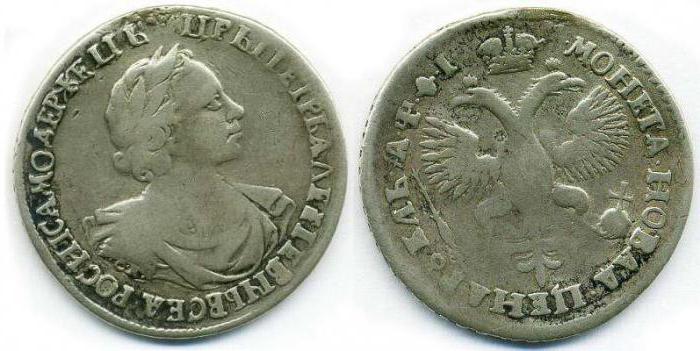
The main form of issue is paper banknotes and metal coins. This form of circulation in all countries of the world is accepted as banknotes of the state.
A bit of history
Since ancient times, when there was an exchange of goods and the search for the necessary became quite complicated, it was decided to introduce an equivalent - things (pearls, metal, shells). Metal got the upper hand. Presumably, at first, the tips of spears and nails were used as metal money, later they began to give a certain shape to the metal.
Before the metal turned into coins, they began to use bullion of precious metals, which brought a lot of inconvenience. Each time I had to weigh a certain amount of metal (gold, silver, copper, tin or alloys) in order to pay for the right product.
Coins
In the VII century BC e. the first minted coins of precious metals appeared - full money. People quickly felt their convenience: storage, crushing, bonding. Over time, the coins began to wear out and wear out, thereby losing their value.
It was decided that it would be advisable to add additives to the noble metals that reduced the cost but increased the wear resistance. Most countries of the world began to use defective coins, after the First World War, almost all refused to practice the use of high-grade coins in circulation.
In Russia, the issue of full-fledged coins continued until 1654. Tsar Alexei Mikhailovich tried to conduct a monetary reform and introduce defective copper coins into circulation, which ended in the Copper Riot. Subsequently, Peter I carried out a reform and approved defective coins in the monetary system of Russia.
Paper currency
The beginning of paper money went from the homeland of paper making - China. Since the 9th century (other sources speak of the 11th century), private credit money came into life, and over time it became public.
Other countries took the baton - Mongolia (1236), Persia (1294), India and Japan (from 1319 to 1331). Further baton for the production of paper money took Europe, namely the Stockholm Bank (1661).
Thanks to Catherine the Second, the first paper money (bank notes) appeared in the Russian Empire in 1769, after the decree issued in 1768 on the opening of an assignment bank. Printed bills in two established banks - Moscow and St. Petersburg. The first banknotes were printed on white paper with protective watermarks in denominations of 25, 50, 75, 100 rubles. It just did not save the money from fakes. Counterfeiters from a 25-ruble banknote made a 75-ruble note, which led to a halt in the release of the latter.
New technology introduced improved the appearance of paper money and increased their level of protection. Subsequently, they began to use the metallographic method on the one hand, and on the other hand, printing on the Oryol five-color substrate grid.
The banknote itself is not only banknotes and coins, but also state credit tickets (43-65 years of the XIX century), settlement checks, coupons for the purchase of goods and bank tickets.
Russian banknotes
Banknotes of Russia - a penny and a ruble (Bank of Russia ticket). A penny is a bargaining chip, the ruble is the name of a modern banknote. In 1 ruble - 100 cents.
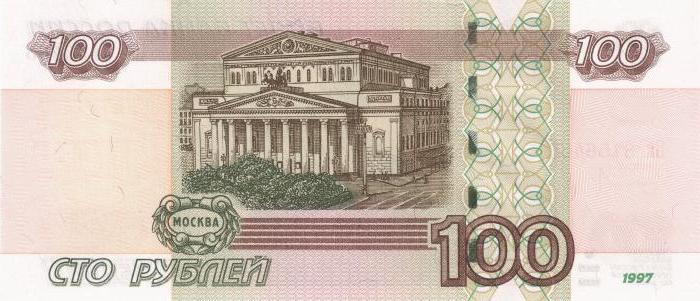
The modern logo designating the Russian banknote is the letter “P” with a horizontal line at the bottom. It started in 2013, was supported by more than 61% of the participants who participated in the discussion, and subsequently approved by the Central Bank of Russia.

The management of the banknote manufacturing process rests with the Central Bank of the Russian Federation. Paper money is printed in Perm at the Goznak enterprise, minted at the mints of the same enterprise in Moscow and St. Petersburg.
Counterfeiting
Counterfeiters appeared as soon as the first money appeared. Forgery of banknotes is quite common, so you always have to come up with new ways to bypass and the degree of protection, it is also punishable by law. True, this does not stop scammers anyway, and they, in turn, are coming up with new ways to improve copies.

Since the time of full-fledged coins, counterfeiters have been refined in various ways, giving the simple metal the appearance of gold or silver. It is not so easy to fake modern banknotes, given the high degree of protection, but still fraudsters manage to get around them.
Signs of Authenticity
The authenticity of banknotes can be recognized by certain signs, which are multifaceted steps in the protection against fraud.
These include:
- diving protective thread, polymer strip with a metallic effect;
- randomly arranged protective fibers of red, green and purple colors, the latter under the magnifying glass turns out to be two-color - red and blue colors alternate;
- from 100 ruble bills and higher there is microperforation;
- the relief signs “Bank of Russia Ticket” at the top and a special label for people with low vision are noticeable even in the dark;
- in the ornamental frame, when tilted, rainbow lines appear - a moire pattern;
- regular and filigree watermarks;
- latent image, which is visible at an acute angle - kipp effect;
- all kinds of infrared tags on the front side of the banknote;
- individual sections are treated with a special composition having magnetic properties, which can be detected using special equipment;
- for banknotes of 500 (emblem of the Bank of Russia), 1000 (emblem of Yaroslavl) and 5000 (emblem of Khabarovsk and emblem of the Bank of Russia), color-variable paint is used.
The main signs of banknotes for authenticity will be able to save from the acquisition of a fake bill. Despite the fact that some of the protection methods can only be determined by technical means, the risk of getting a fake is still significantly reduced.
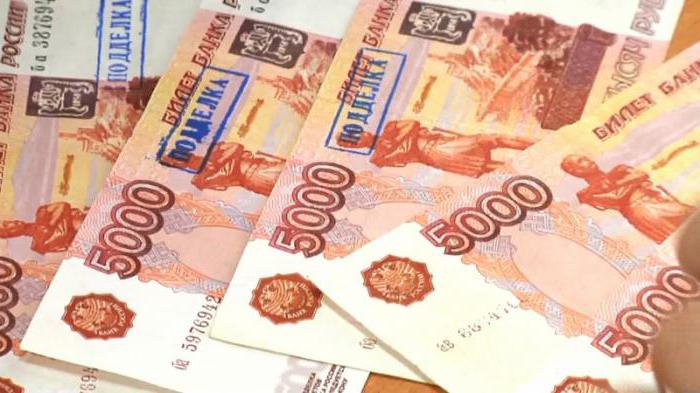
Classification
Throughout historical time, mankind has tried to find alternative means for cash use, with which it is possible to purchase goods necessary for their own or general needs. The most viable and universal became money from metal and paper. Basically, they are classified according to such characteristics as carrier material, thereby dividing into types:
- change and other defective coins, for the manufacture of which all kinds of metals and alloys are used, the value of which does not exceed the face value of the coin itself;
- various forms of paper money, the release of which occurs by national banks or credit organizations of a different form of ownership.
Defective metal coins are divided into two types:
- The name of the defective coins coincides with the payment system within the country in which the turnover is: dollar, ruble and others.The nominal value of the coin is indicated on it, while the cost of the material itself from which the currency is made is significantly lower. The main materials for the manufacture of coins are nickel and copper, which are less susceptible to corrosion and quite wear-resistant.
- For the convenience of commodity relations between the seller and the buyer, a bargaining chip was created, which is 1/100 of the country's main currency. Such coins have names: penny, penny and others. In many countries, small coins almost went out of circulation because of their inexpediency.
According to the method of providing bank assets, paper banknotes are distinguished:
- Government bonds and treasury bills.
- Classic banknotes that are subject to exchange for precious metals without fail. Each bill has its own face value, which corresponds to the amount of precious metal that will be issued in case of exchange.
- Different forms of paper money that are not exchanged for gold.
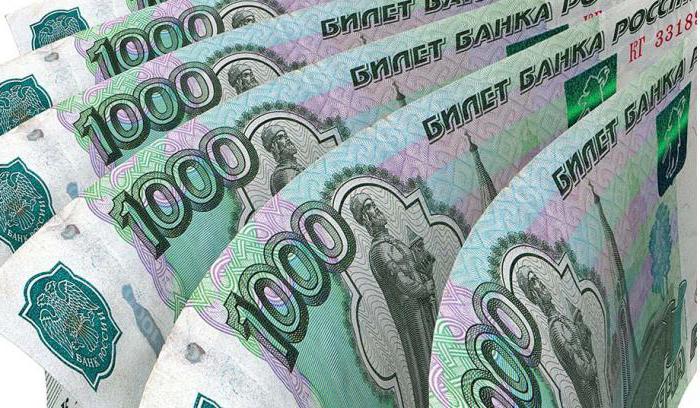
In Russia, means of payment of various forms are used:
- bank notes;
- credit, bank, treasury and deposit tickets;
- monetary and settlement signs.
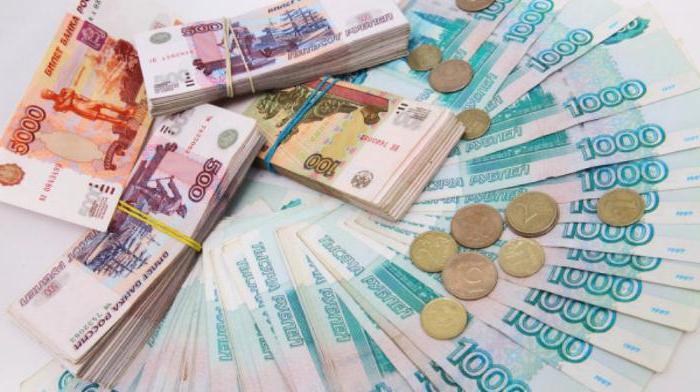
Conclusion
Money is what surrounds us, what we go to work for and with what - to shops, salons. Their need gives rise to a variety of frauds, dubious banknotes periodically appear on the world market. Knowing the basic signs of authenticity, you can protect yourself from falling into the hands of scammers.